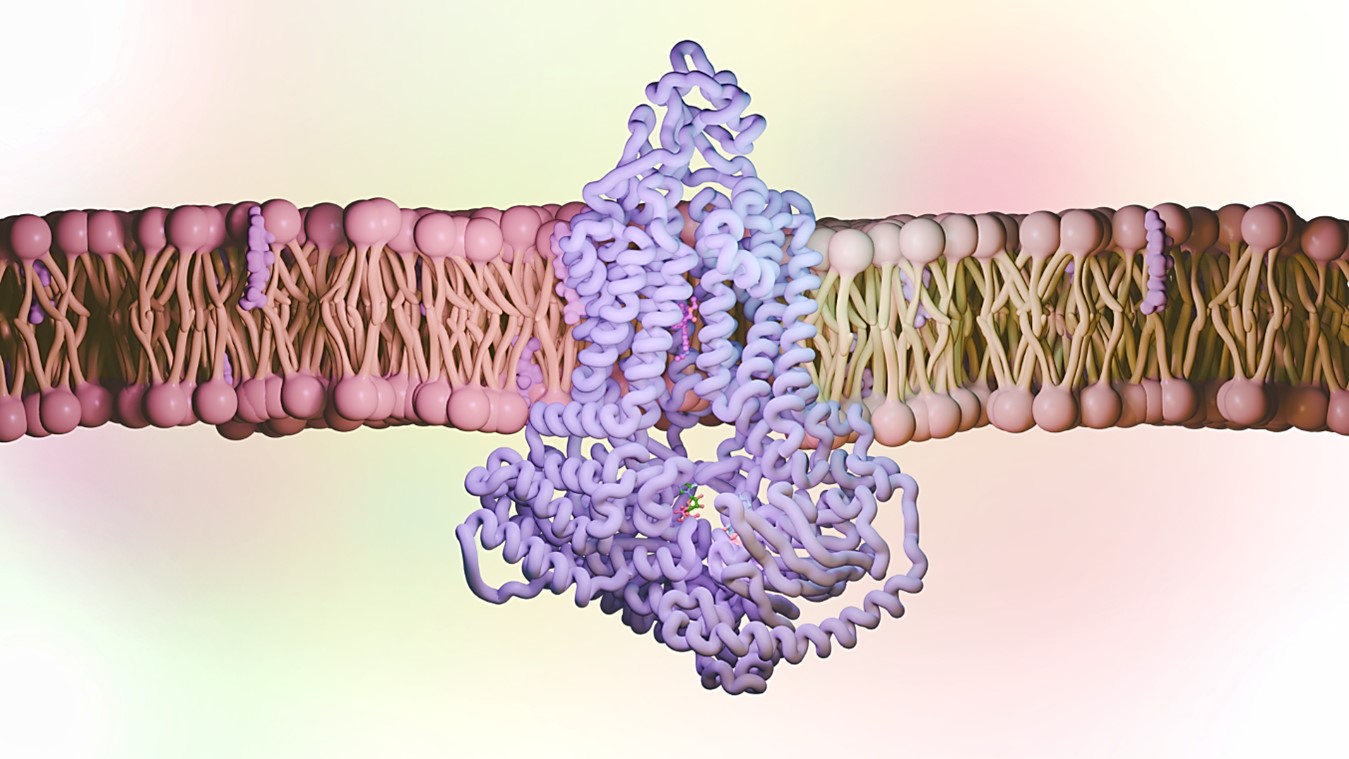BSB PhD Exit Seminar: Understanding the mechanism of multi-drug resistance in pathogenic Candida yeast
This presentation highlights high-resolution cryo-EM structures of C. albicans Cdr1 in various substrate-bound states, with and without nucleotides, resolved at 3.45–3.74 Å.
Speakers
Event series
Content navigation
Description

ABSTRACT
Candida species (Candida spp.) are part of the normal oral, gastrointestinal, and vaginal microbiota in healthy individuals but pose a significant risk as opportunistic fungal pathogens. This risk is particularly pronounced in immunocompromised patients, where infections can range from mild to severe and even fatal. Candida spp. also present a significant threat due to the increasing prevalence of multidrug resistance (MDR) in clinical settings. Among these species, Candida albicans is the most frequently isolated. One of the key mechanisms underlying MDR in Candida spp. is the overexpression of Candida drug resistance transporter 1 (Cdr1), a member of the ABC transporter superfamily. Known for its substrate poly-specificity, Cdr1 is capable of effluxing a broad range of compounds, including azole antifungal drugs—a major therapeutic class targeting the fungal ergosterol biosynthesis pathway. Detailed structural insights into the substrate efflux mechanism of Cdr1 are critical for developing effective therapeutic strategies to overcome MDR.
This presentation highlights high-resolution cryo-EM structures of C. albicans Cdr1 in various substrate-bound states, with and without nucleotides, resolved at 3.45–3.74 Å. Structural elucidation reveals the asymmetric architecture of Cdr1, underscoring its functional divergence in nucleotide-binding domains (NBDs), a defining feature conserved within the fungal pleiotropic drug resistance (PDR) transporter subfamily. These structures elucidate the allosteric regulation of ATPase activity and the mechanism of substrate recognition in the hydrophobic binding site. This study provides valuable insights into the molecular basis of multidrug resistance in Candida yeast, offering a foundation for future antifungal therapies.
Location
Please note: this seminar will be held in the Eucalyptus Seminar Room and via Zoom, details are included below.
Eucalyptus Seminar Room, S205,
Level 2, RN Robertson Bldg (46)
Please click the link below to join the webinar:
https://anu.zoom.us/j/85935778936?pwd=QBabbV398BoeSgeEXrVz4iYPgalJXK.1
Webinar ID: 859 3577 8936
Passcode: 576874
Canberra time: please check your local time & date if you are watching from elsewhere.
